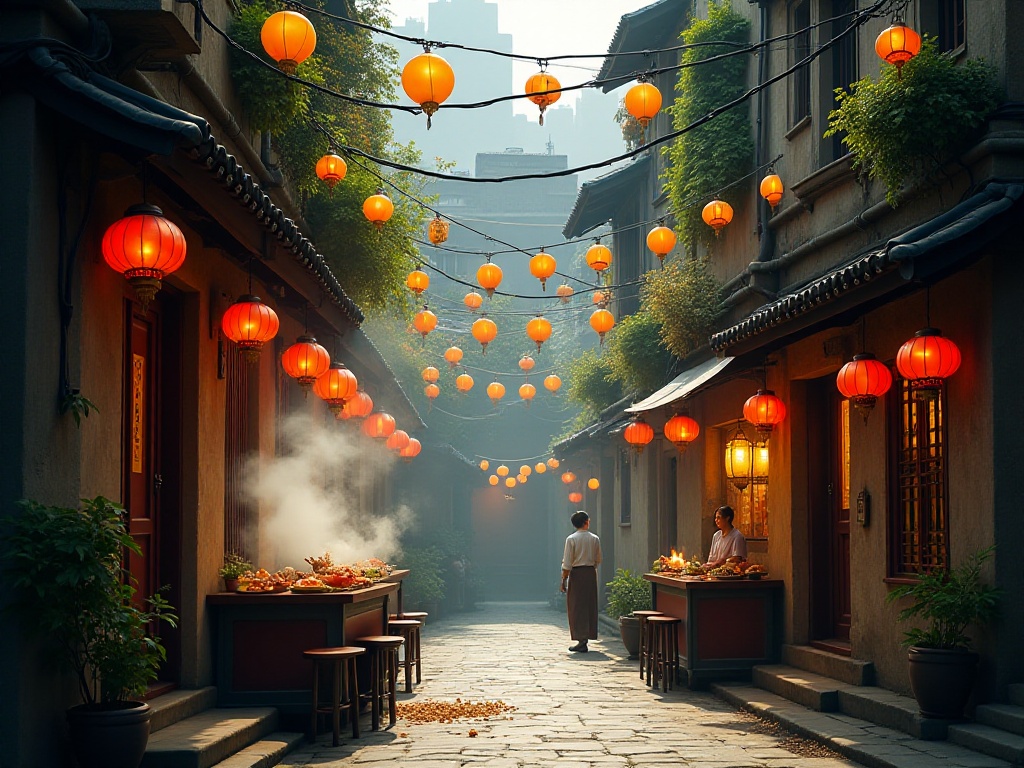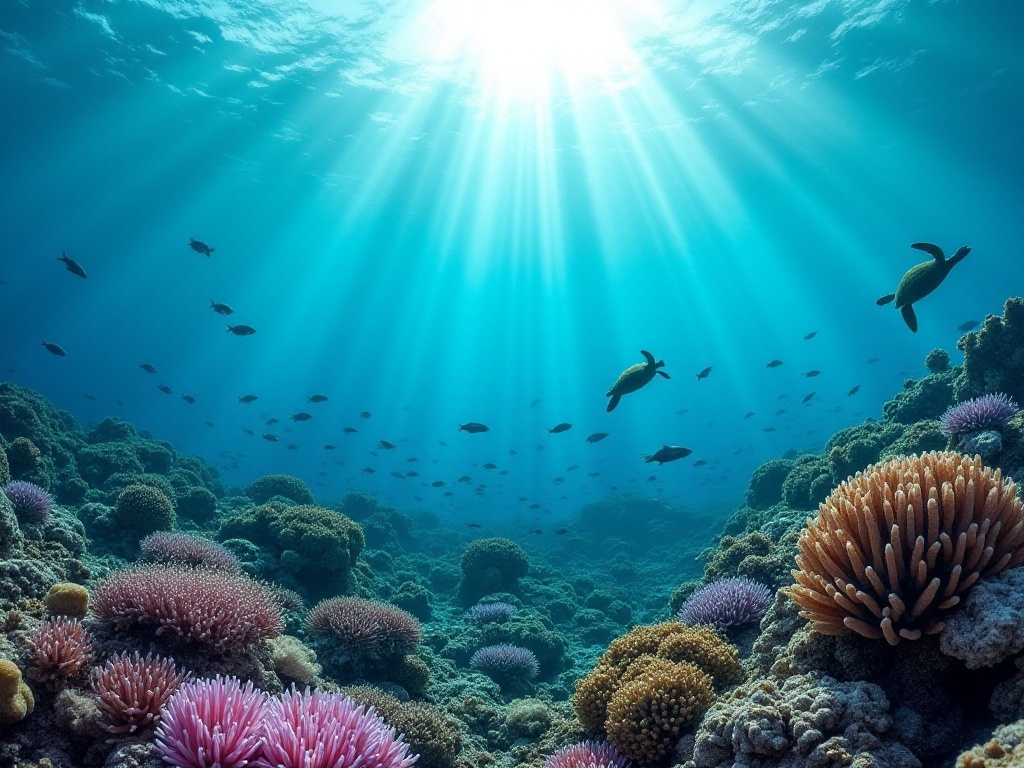
Preface
As a post-95s travel blogger, I've been sharing travel content across various platforms for the past few years. Recently, I've been receiving many private messages asking how I write such engaging travel guides. Honestly, seeing so many questions from fellow travelers really touches me! Today, I'd like to have a serious chat about how to write a travel guide that's both practical and interesting.
Content Dimensions
Complete Destination Analysis
I truly understand the anxiety of traveling alone for the first time! I remember when I first went to Tokyo, I spent several days just researching how to get from Narita Airport to the city center. Later, I thought, why not organize this information more clearly?
Now when I write guides, I start with the most basic information. Take Sensoji Temple for example - everyone knows it's Tokyo's oldest temple, but how can you make your visit more interesting? My secret tip is to photograph the Kaminarimon Gate at 5 AM when there are only locals doing morning exercises, so you don't have to worry about selfie sticks. The lighting at this time is absolutely perfect - the golden sunlight falling on the gate makes every shot look spectacular!
Speaking of Sensoji's omamori (lucky charms), many people might not know that there are 28 different types, each with special meaning. The academic achievement charm is particularly popular among international students because it's said to be very effective! One of my friends bought this charm and successfully got into the University of Tokyo's graduate school.
The ningyo-yaki at Nakamise Shopping Street is absolutely must-try food! But note - you must eat it while it's hot. Why? Because freshly baked ningyo-yaki has a crispy outer shell with warm red bean paste inside, and the texture is simply amazing! If you let it cool down, the shell becomes soft, and it's completely different.
Regarding transportation and accommodation, I've stepped into quite a few pitfalls. When I went to Morocco, I tried every possible way to get from Casablanca to the Sahara Desert. Finally, I compiled a detailed guide: if you want to save money, take the ONCF train from Casablanca to Marrakech for only 130 dirhams (about 90 RMB); then take a CTM bus from Marrakech to Ouarzazate for 180 dirhams - the bus condition is good and has air conditioning.

Cultural Perspective
Honestly, what fascinates me most is the local way of life. In Moroccan markets, bargaining is truly an art! I remember the first time I bought a carpet in Marrakech's market, the seller quoted 3000 dirhams - I was shocked. Later, a local friend told me that when bargaining here, you should offer one-third of the quoted price, and the final price usually settles at around half of the original quote. Following this method, I got the carpet for 1500 dirhams, and the seller was happy - clearly a reasonable price.
Morocco's mint tea culture is also particularly interesting. Local people pour tea from a great height. At first, I thought it was just for show, but later learned there's a reason for this. First, when tea falls from a height, it fully mingles with the air, making the tea more fragrant; second, this is also a way Moroccans show respect - the higher they hold the teapot, the more they respect their guests.
In Japan, I found they have a very strong sense of time. For example, when taking the subway in Tokyo, if Japanese people think they might be late, they'll send an apologetic message in advance. This reminds me of the "more or less" culture in China - it's quite an interesting cultural difference. When shopping in Japan, clerks carefully count change in front of you, and this attention to detail is really impressive.

Presentation Methods
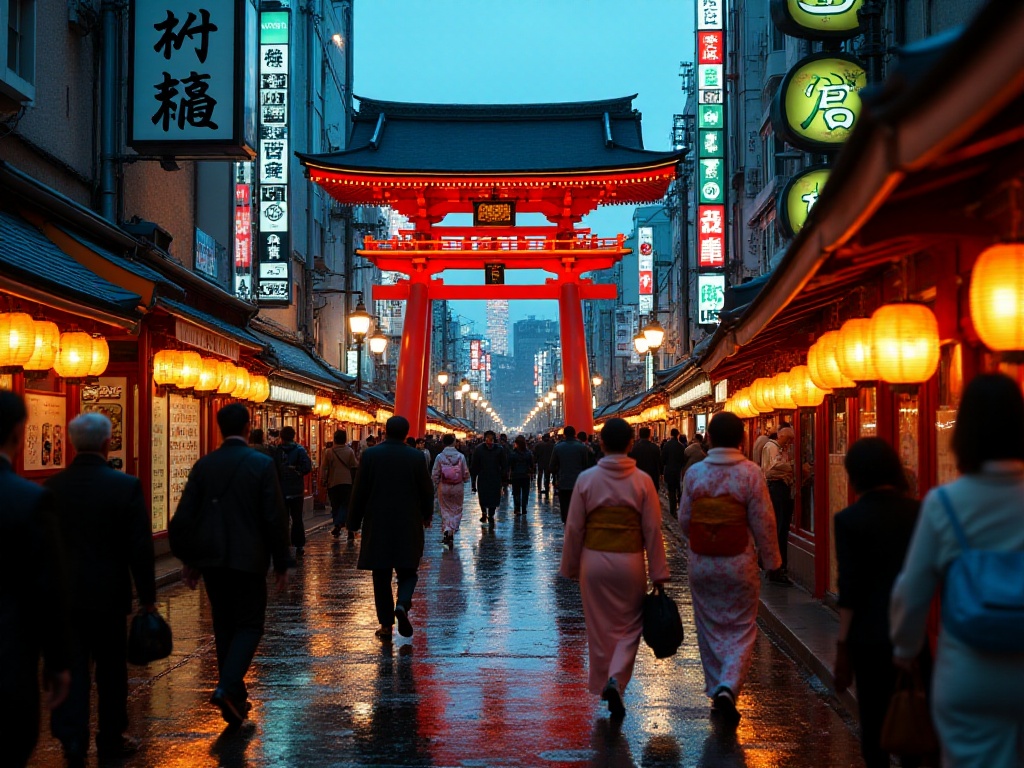
Digital Presentation
These days, just writing articles and posting photos isn't enough for travel content. I now carry various equipment on every trip: camera, drone, action camera, and even a small fill light. Because you never know what the next angle might bring.
I now create digital maps for each guide, marking all recommended attractions, restaurants, and shops. This can be easily done with Google My Maps, and importantly, these maps can be used offline, so you don't have to worry about not having internet abroad.
Recently, I've started trying live streaming. The first time I livestreamed the hot air balloon sunrise in Cappadocia, Turkey, the viewership instantly reached 30,000. Everyone said they felt like they were there through the livestream. This kind of real-time interaction is really great, allowing followers to understand the destination more intuitively.
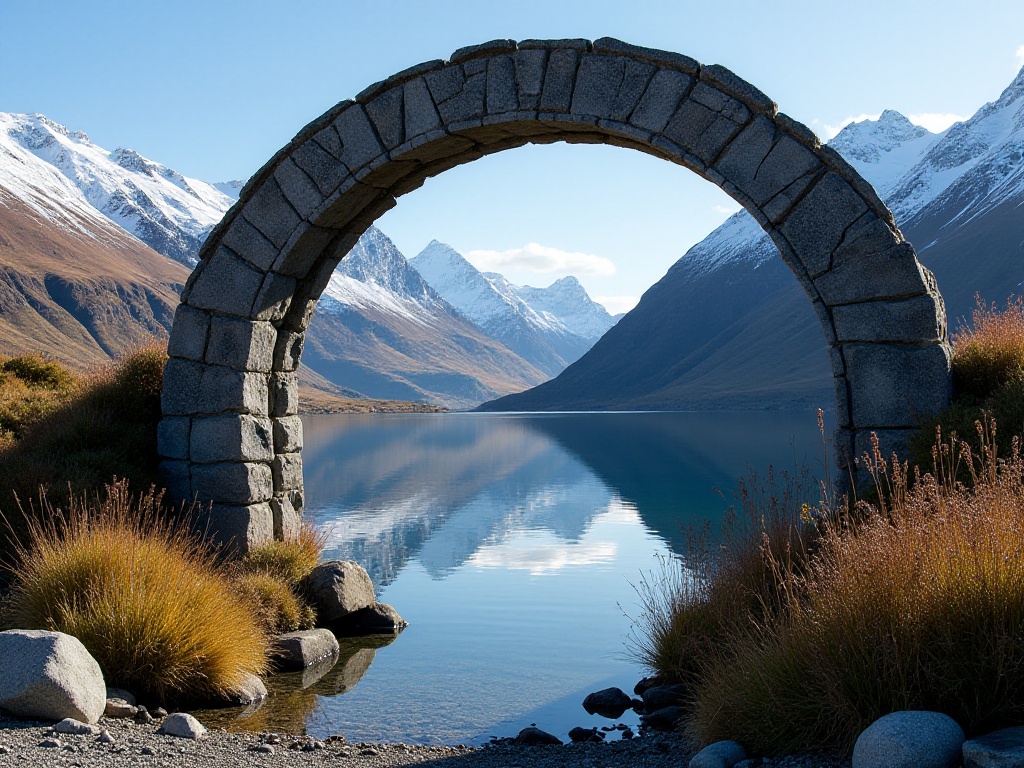
Audio-Visual Combination
Regarding video content, I've put a lot of effort into studying the data. Through analyzing hundreds of travel videos I've made over the past two years, I found 38-45 minutes is the optimal length. Why this duration? Because it's long enough to provide detailed content while not making viewers feel it's too lengthy.
The video I shot at Gold Coast, Australia, was this length, covering Surfers Paradise sunrise, koala cuddles at Paradise Country, and Warner Bros. Movie World guide. This video achieved an 85% completion rate with overwhelmingly positive comments. Interestingly, many viewers said they decided to visit Gold Coast after watching the video - this kind of influence really gives me a sense of achievement.
When editing videos, I pay special attention to rhythm. I usually use fast-paced shots to show city scenery and slow motion to showcase food details. Background music is also important - I choose different styles for different scenes, making the whole video feel like a short film.
Special Highlights
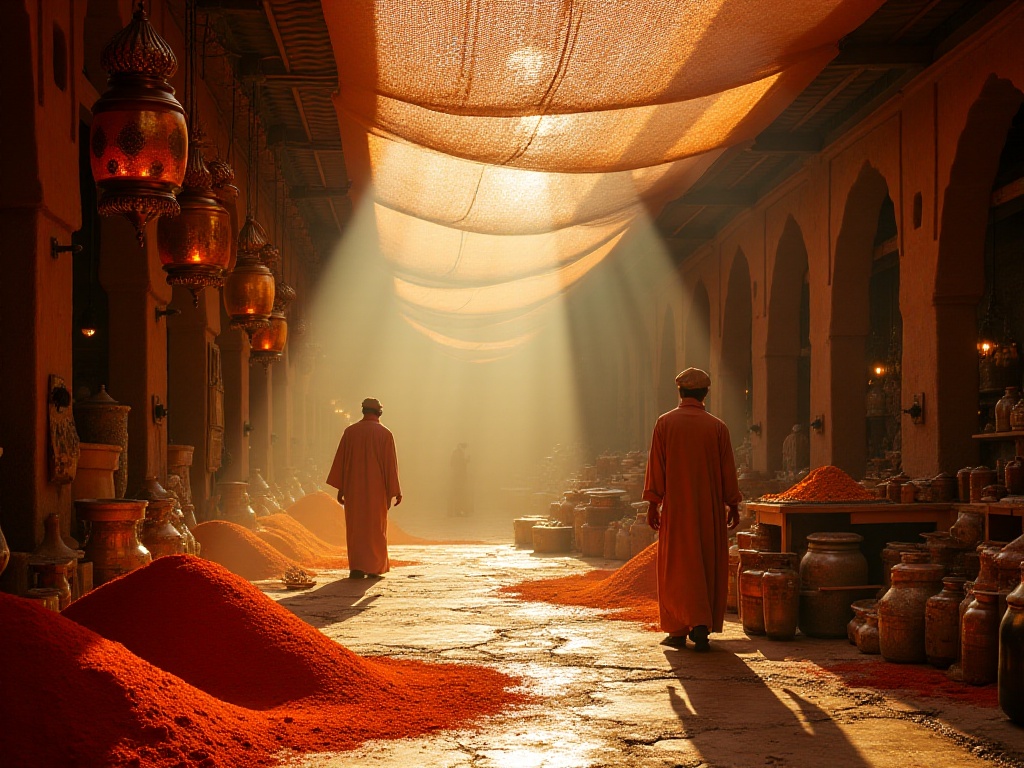
Unique Perspective
As a frequently traveling blogger, my biggest advantage is providing firsthand experiences. Some tips are only discovered through actual experience. For example, at Machu Picchu in Peru, many guides recommend taking the first bus for sunrise. But after going there, I found the first bus is extremely crowded, with everyone rushing to get the best sunrise viewing spot.
Actually, taking the second bus is more comfortable because the first batch of tourists has already dispersed throughout the site, allowing you to tour and take photos undisturbed. Moreover, the morning mist at Machu Picchu usually doesn't clear until after 9 AM, making photos better at that time.
Here's another exclusive discovery: near the Inca Bridge at the top of Machu Picchu, there's a small platform perfect for photos that few people know about. From this angle, you can capture both the ancient ruins and the mountains behind them, creating a truly cinematic effect!
Practical Advice
Time planning is really the most important part of travel. Taking Tokyo as an example, I suggest arranging Akihabara and Asakusa on the same day because they're both on the Ginza Line and neither takes too long to visit. Go to Sensoji Temple in the morning, have lunch at Nakamise Shopping Street after worship, go shopping in Akihabara in the afternoon, and you can even visit nearby Ueno in the evening. This planning not only saves transportation time but also creates a very logical route.
I've also found many attractions have a "golden time." For instance, at Fushimi Inari Shrine in Kyoto, if you don't want photos full of people at the thousand torii gates, it's best to go after 4 PM when tour groups have mostly left. Plus, the sunset through the torii gates is really spectacular!
For accommodation choices, I suggest weighing location against price. In Tokyo, I recommend staying along the Yamanote Line, such as in Ikebukuro, Shinjuku, or Shibuya. Although room rates are higher, the transportation is super convenient, and there are many late-night dining options. If you're on a budget, consider staying in Saitama Prefecture - it's only about 30 minutes by train to the city center.
Closing Thoughts
After finishing each guide, I always ask myself: if a friend were going to this place now, would they really enjoy their trip after reading this guide? Because for me, what's important isn't simply listing attractions and food, but letting readers truly feel the charm of the place.
Travel has never been just a superficial thing. It's a lifestyle, a curiosity about the world, and respect and understanding for different cultures. A good travel guide should make readers start dreaming about and looking forward to their upcoming journey the moment they finish reading.
Finally, I want to say that no matter where you plan to go, remember the most important thing about travel is to enjoy yourself. Guides are just references - the real highlights often come from unexpected discoveries. So relax, experience, and discover your own travel story!
Next
From Paper Guides to Digital: Exploring the Evolution and Future Trends of Global Travel Guides
Comprehensive analysis of diverse travel guide resources, covering traditional publications like Lonely Planet, online travel platforms, TV travel shows, and digital travel content, providing readers with various channels to access travel information
Discovering the Beauty in Details: Why Are Professional Travel Guides Being Replaced by Personal Travel Experiences?
An in-depth exploration of modern travel guide formats across various media, covering both audiovisual and digital platforms, analyzing their content features, coverage scope, and presentation styles to provide comprehensive travel information
My First Solo Trip Around China: How to Plan a Spontaneous Journey Using Artificial Intelligence
An in-depth analysis of modern travel guide trends, covering AI-assisted planning, social sharing platforms, and digital destination management, exploring the transformation of tourism services towards intelligence and personalization
Next
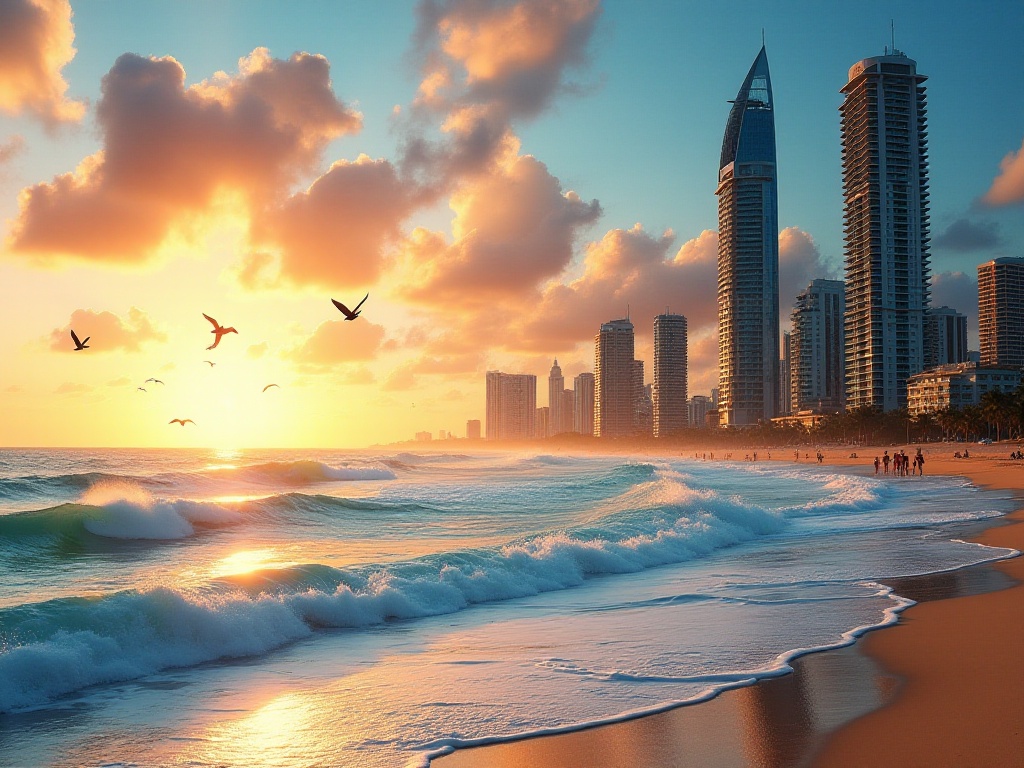
From Paper Guides to Digital: Exploring the Evolution and Future Trends of Global Travel Guides
Comprehensive analysis of diverse travel guide resources, covering traditional publications like Lonely Planet, online travel platforms, TV travel shows, and digital travel content, providing readers with various channels to access travel information
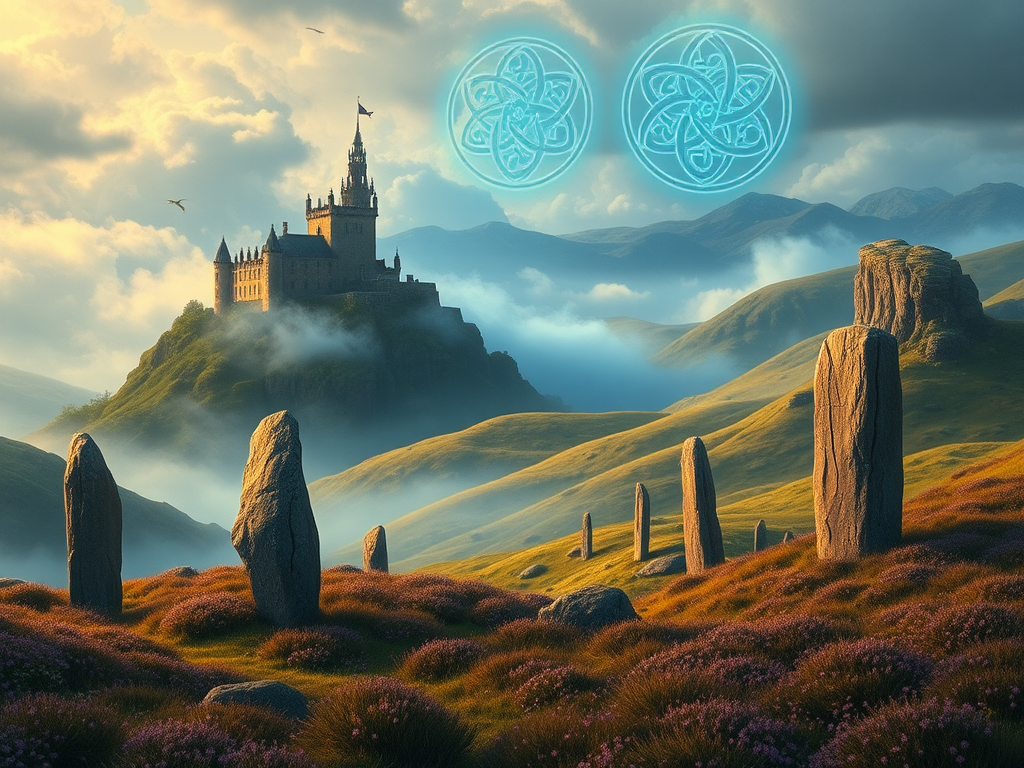
Discovering the Beauty in Details: Why Are Professional Travel Guides Being Replaced by Personal Travel Experiences?
An in-depth exploration of modern travel guide formats across various media, covering both audiovisual and digital platforms, analyzing their content features, coverage scope, and presentation styles to provide comprehensive travel information
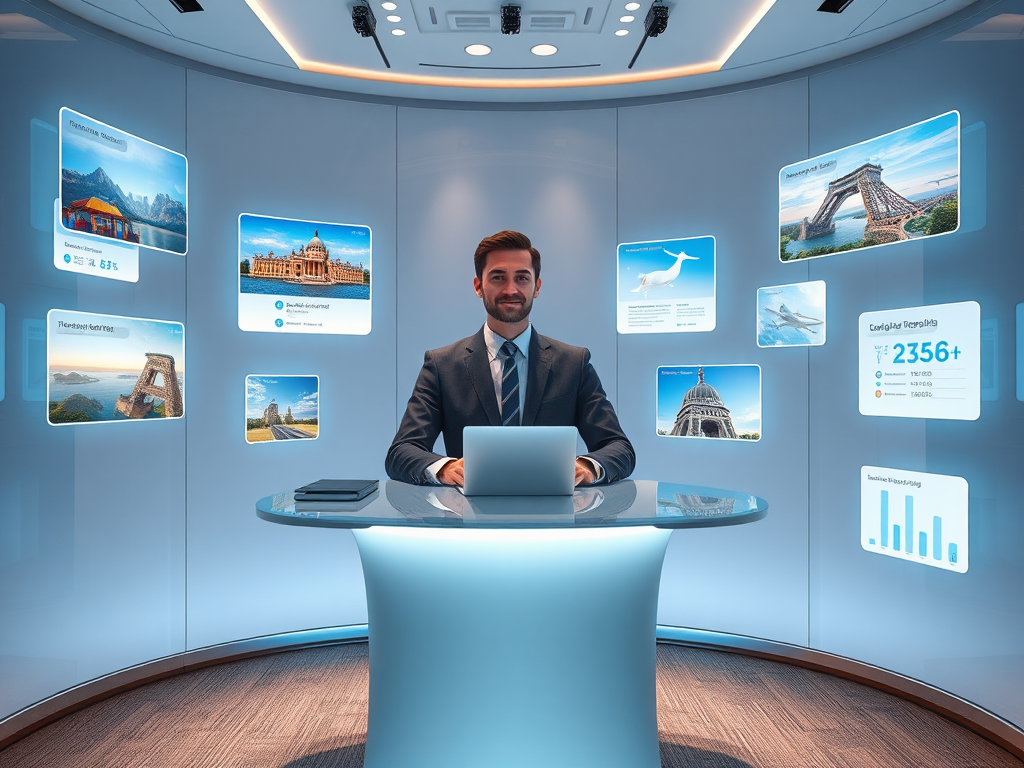
My First Solo Trip Around China: How to Plan a Spontaneous Journey Using Artificial Intelligence
An in-depth analysis of modern travel guide trends, covering AI-assisted planning, social sharing platforms, and digital destination management, exploring the transformation of tourism services towards intelligence and personalization

